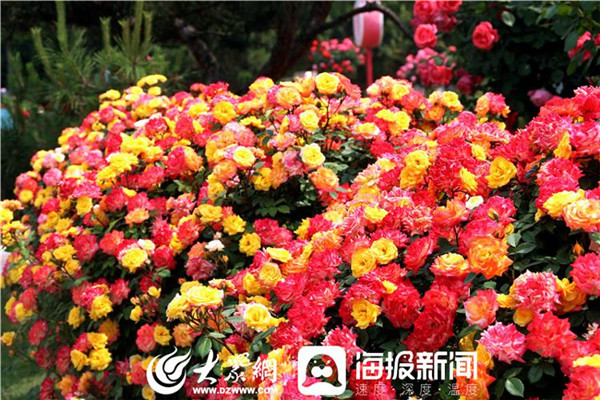Traditional fruit pit carving promoted in Weifang
Fruit pit carving is a Chinese folk handicraft in which pits of green olives, peaches, apricots, prunes, walnuts and other foods are intricately carved to make works of art. The Weifang fruit pit carving craft in Weifang, a city located in East China's Shandong province, was listed as a national-level intangible cultural heritage in 2008.
A famous essay by Wei Xueyi (1596-1625) vividly records a well-crafted pit carving depicting a boat that consists of eight cabin windows and five people onboard, each striking different poses. Fine examples of these carved-pit boats can still be found in museums in China.
Fruit pit carving has existed in China for more than 600 years, and is categorized as a traditional Chinese microscopic carving art form. The art of microscopic carving has existed in China for thousands of years, and can be traced back to the Xia (c.21st century-16th century BC), Shang (c.16th century-11th century BC) and Zhou (c.11th century-256 BC) dynasties.
The delicate fruit pit carving skill is also a carrier of traditional culture, which is why it continues to be further inherited and developed.

The Weifang fruit pit carving craft in Weifang, a city in East China's Shandong province, is a Chinese folk handicraft, which was listed as a national-level intangible cultural heritage in 2008. [Photo/WeChat account: sdswltwx]

 Nishan Forum on World Civilizations
Nishan Forum on World Civilizations Explore magnificent Yellow River culture in Shandong
Explore magnificent Yellow River culture in Shandong

